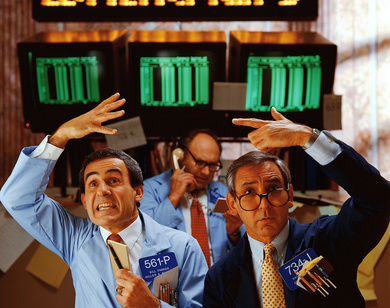Many traders often confuse implied volatility with historical volatility. Implied volatility is what the market “expects” in the future. Historical volatility essentially is a way to tell how far the stock might move in the future based on how fast it has been moving in the recent past. It is a lagging indicator.
Let’s take a closer look at what historical volatility is today with an example that is outside of the financial world. Historical volatility essentially is a way to tell how far the stock might move in the future based on how fast it has been moving in the recent past. It is a lagging indicator.
Let’s think about this in terms of a car traveling at 75 mph. We know that in one year, this car will have traveled a distance of 657,000 miles (75 miles/hour x 24 hours/day x 365 days = 657,000 miles). But the catch here is that the rate of change of 75 mph may not stay the same and it doesn’t tell us anything about the direction of car (it could be going back and forth, not just in one direction, meaning it could end up where it began). This is true for stocks as well. But the calculation clearly depends on recent speeds, which means percentage price changes on a daily basis. If these speeds are increasing, historical volatility will be greater.
Be very careful if you are going to compare the relative values of historical and implied volatilities. At times, you might as well compare apples and oranges.




